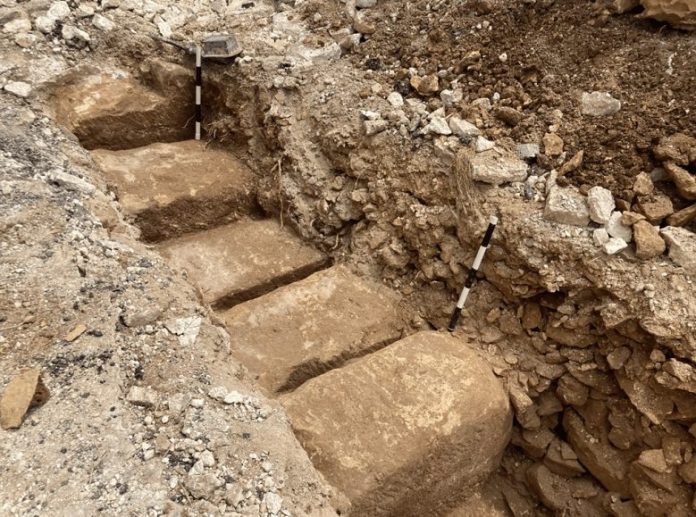An ancient quarry has been uncovered in Malta recently after trenching works conducted by the country’s Water Services Corporation. Further research revealed it might date back to the classical period.
The ancient quarry was revealed near Żejtun and Marsaxlokk and close to the area known as Tas-Silg, which has been home to many ancient archaeological sites.
The classical period is commonly accepted to be 1730 to 1820 which could make the recently discovered quarry nearly two to three centuries old.
While the classical period is often linked with ancient Greece and Rome, Malta’s Superintendence of Cultural Heritage and Heritage Malta (SCH) has discovered ancient structures as recently as 2021.
“No associated material has been discovered and, thus, an accurate date cannot be attributed to this feature,” the SCH said to the Times of Malta.
“However, based on the ashlars still in situ and the overall typology of the quarry, a classical period date can be safely attributed to this exciting discovery.”
The SCH has conducted works to find ancient parts of Malta and uncover more of its history, including the quarry.
An archaeological monitor discovered the area contained rock surfaces featuring cuts and visible tool marks.
A further search revealed the structure was a large quarry with large ashlars being visibly hewn out of the rock.
It comes after studies got underway in Australia to reveal more information about dinosaurs and the prehistoric era.
There is plenty of excitement about new research conducted at Lark Quarry in Queensland which could potentially offer insights into the prehistoric era.
The quarry, located near Winton and northwest of Brisbane, has been a popular location for scientists after discovering fossilised footprints on the site years ago.
Many people have theories on what dinosaur activity took place in Lark Quarry, including the stampede site or a popular crossing spot.
A new investigation led by Dr Scott Hocknull, helped by the Queensland Museum and Queensland x-ray, is taking Lark’s fossils in a new direction to new information.
It is not the first-time fossils have been discovered in the area which came in 2009 and earned the location has some of the country’s richest fossil deposits.
Source: www.quarrymagazine.com








































